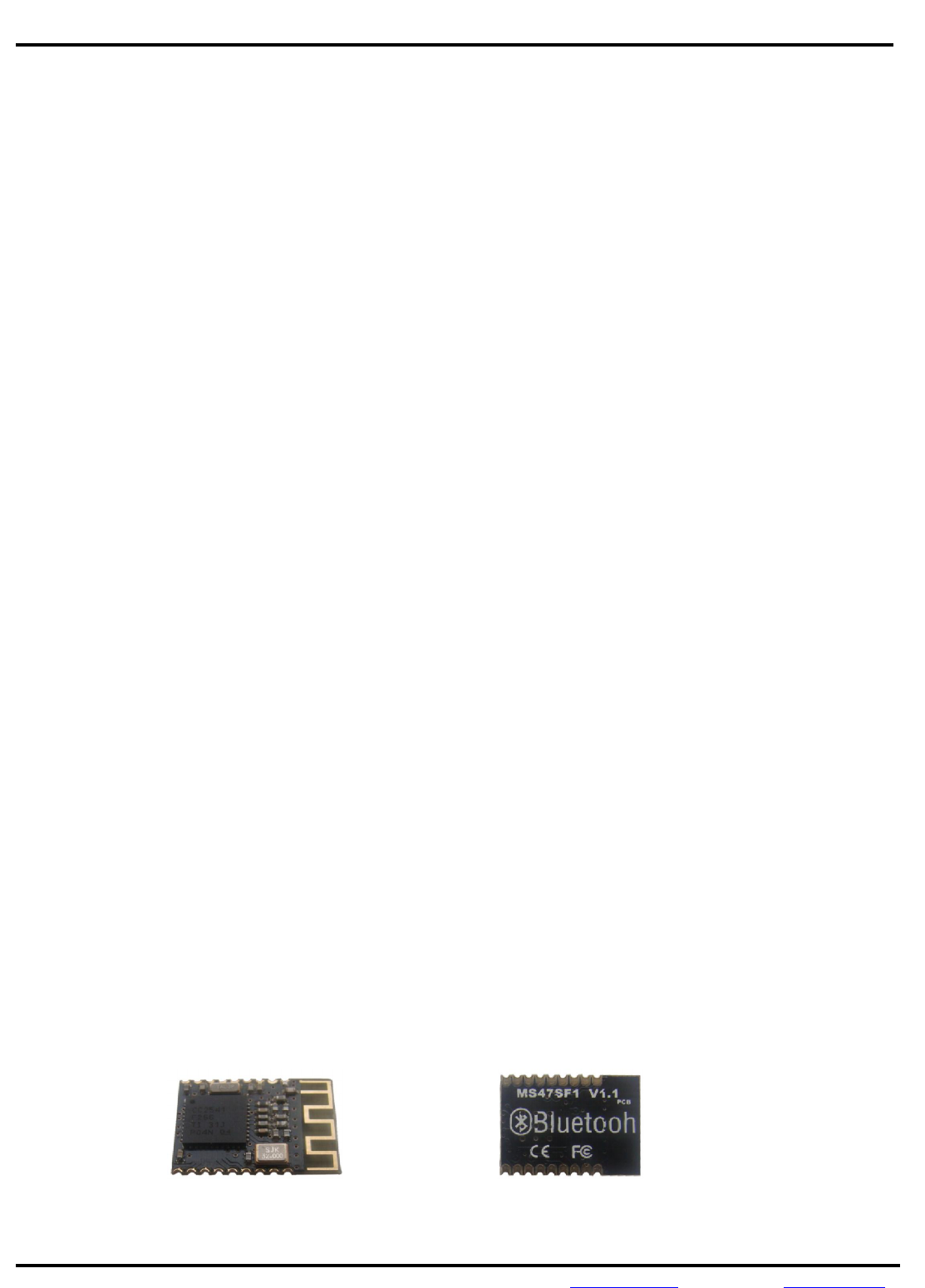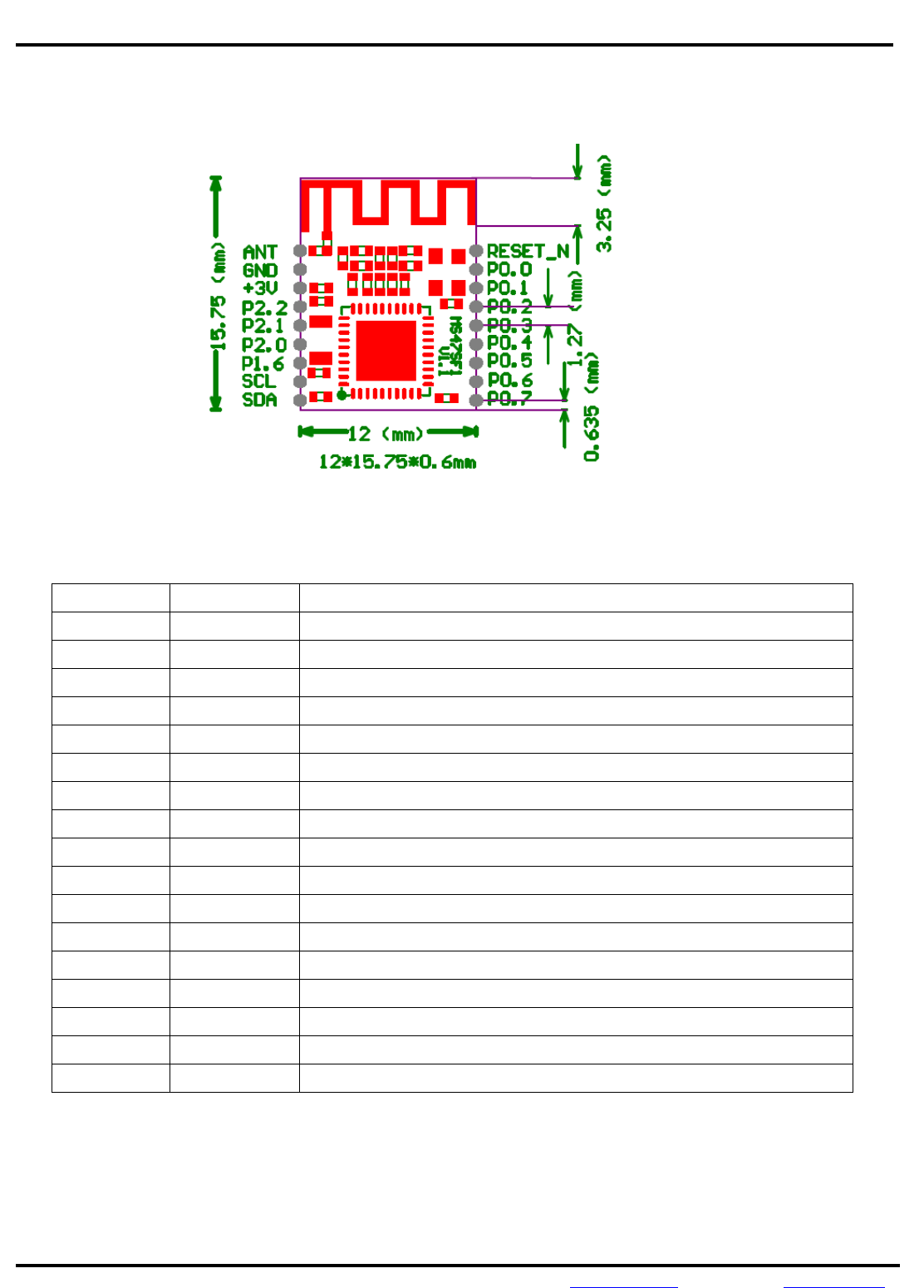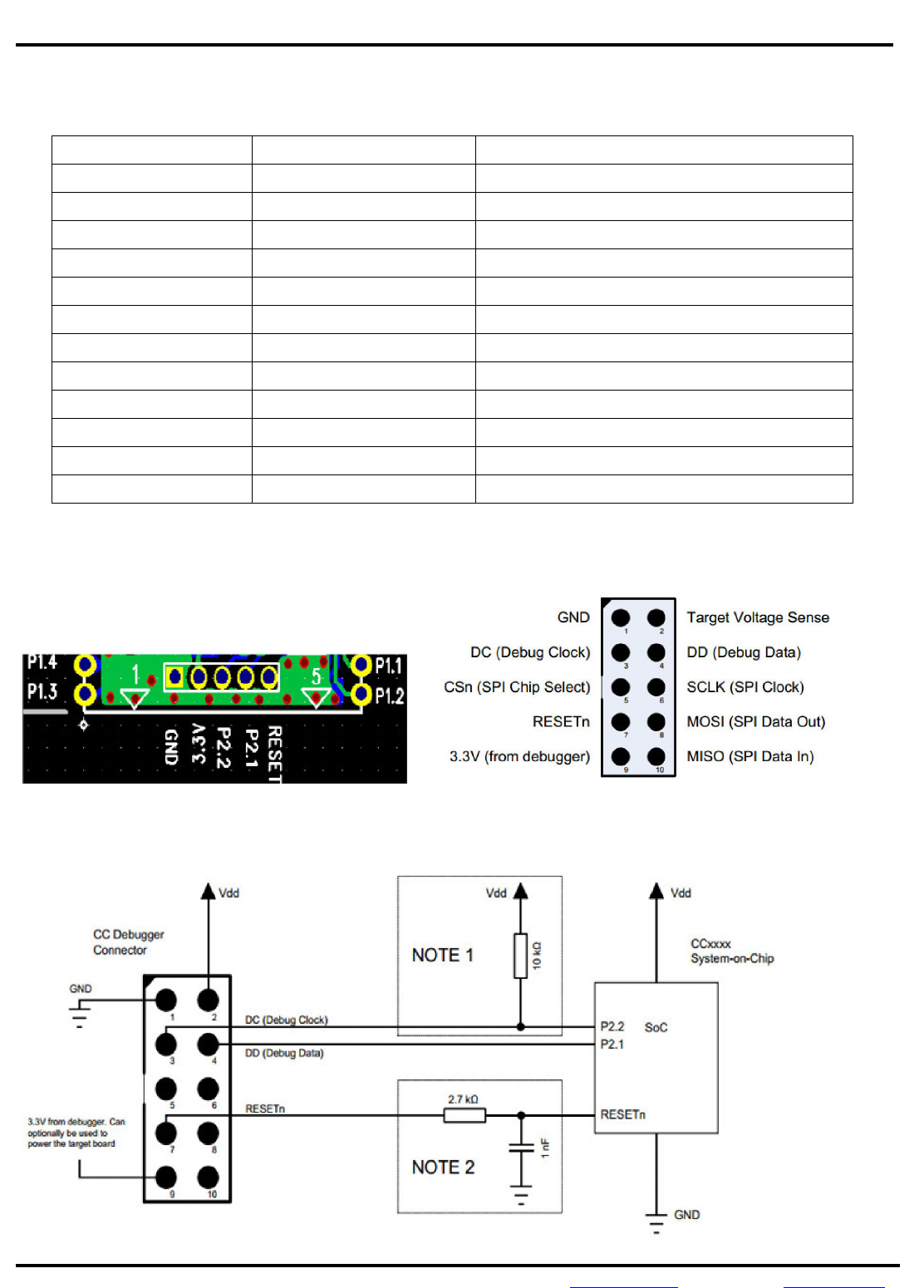MINEW TECHNOLOGIES MS47SF1 Bluetooth 4.0 Module User Manual USERS MANUAL
Shenzhen Minew Technologies Co.,Ltd. Bluetooth 4.0 Module USERS MANUAL
USERS MANUAL

TEL: +86-755-8886 8480 FAX: +86-755-2982 5342 EMAIL: sales@rfodm.com URL: www.rfodm.com
Page 1
Minew Technologies Bluetooth 4.0 Module
Instructions V1.0
Description This module is limited to OEM Installation only.
The MS47SF1 smart module is a SMD package module basis of CC2541 chip, it is a smart module with
cost-effective, low power, true system-on-chip (SoC) for Bluetooth low energy applications. It enables robust BLE
master or salve nodes to be built with very low total bill of material costs.
The MS47SF1 smart module combines an excellent RF transceiver with an industry-standard enhanced 8051
MCU, in-system programmable 256KB flash memory, 8KB RAM, and many powerful supporting features and
peripherals. It is suitable for systems where very low power consumption is required. Very low-power sleep
modes are available. Short transmission times between operating modes further enable low power consumption.
Features
- Bluetooth low energy technology compatible
- Excellent link budget (up to 97dB)
- Enable long range applications
- Accurate digital RSSI
- Compatible with CE and FCC regulation
- High performance and low power 8051 core MCU
- Battery monitor and temperature sensor
- Samples application and profiles
- Full speed USB interface
- AES security coprocessor
Application
- 2.4GHz Bluetooth low energy systems
- Mobile phone accessories
- Sports and leisure equipment
- Consumer electronics
- Human interface devices (keyboard, mouse, remote control and etc.)
- USB dongles
- Healthcare and medical
Images
Top view Bottom view

TEL: +86-755-8886 8480 FAX: +86-755-2982 5342 EMAIL: sales@rfodm.com URL: www.rfodm.com
Page 2
Minew Technologies
Bluetooth 4.0 Module
Instructions V1.0
Mechanical Footprint (Unit: mm)
Pin Description
Pin Symbol
Pin Type Definition
ANT Null External antenna
GND Ground The ground pin should be connected to the cathode of power supply
3.3V Power The 3.3V pin should be connected to the positive of power supply
P2.2 Digital I/O Port 2.2
P2.1 Digital I/O Port 2.1
P2.0 Digital I/O Port 2.0
P1.7 Digital I/O Port 1.7
P1.6 Digital I/O Port 1.6
DP Digital I/O USB P
DM Digital I/O USB N
P1.5 Digital I/O Port 1.5
P1.4 Digital I/O Port 1.4
P1.3 Digital I/O Port 1.3
RESET-N Digital I/O Reset, active low
P0.0 – P0.7 Digital I/O Port 0.0 – Port 0.7
P1.0 Digital I/O Port 1.0 – 20mA drive capability
P1.1 Digital I/O Port 1.1 – 20mA drive capability

TEL: +86-755-8886 8480 FAX: +86-755-2982 5342 EMAIL: sales@rfodm.com URL: www.rfodm.com
Page 3
Minew Technologies
Bluetooth 4.0 Module
Instructions V1.0
Electronic Parameters
Item Test Data Remarks
Operation Voltage 2.0-3.6V DC
Operation Frequency 2400-2483.5MHz Programmable
Frequency Error +/- 20KHz Null
Modulation Q-QPSK Null
Output Power 0 dBm Programmable
Receiving Sensitivity -93dBm High gain mode
Receiving Current 17.9mA High gain mode
Transmission Current 18.2mA Transmission power 0dBm
Sleep consumption 0.uA Power mode 3, connection-less state
Transmission distance 50 meters BER<0.1%, Open space
Antenna 50ohm Null
Dimension 12*16*1.7mm Null
Debugger / UART Interface
MS47SF1 smart module TI JTAG Definition
Host Information
This module was defined to be used for specific host only. The designated host for this module was:
Model: MS51PX1
Brand Name: MINEW
Manufacturer: Shenzhen Minew Technologies Co.,Ltd.
Address: 5 Floor, H Building, Gangzhilong Science Park, Qinglong Road, Longhua District, Shenzhen City,
China
FCC RF Exposure Requirement
1. At least 20cm separation distance between the antenna and the user’s body must be maintained at all times.
And must not transmit simultaneously with any other antenna or transmitter, except in accordance with FCC
multi transmitter product procedures.
2. To comply with FCC regulations limiting both maximum RF output power and human exposure to RF
radiation, the maximum antenna gain including cable loss in a mobile-only exposure condition must not
exceed 0dBi in the 2.4G band.
3. A user manual with the end product must clearly indicate the operating requirements and conditions that
must be observed to ensure compliance with current FCC RF exposure guidelines.
Please be noticed following information and instructions should be placed in the end-user’s operating
manual
The Module has been granted as limited modular approval for mobile applications. This Module must be
installed in the designated host as specified in this manual.
1. Separate approval is required for all other operating configurations, including portable configurations with
respect to 2.1093 and different antenna configurations.
2. The Module and its antenna must not be co-located or operating in conjunction with any other transmitter or
antenna within a host device. This equipment complies with FCC RF radiation exposure limits set forth for an
uncontrolled environment.
3. A label must be affixed to the outside of the end product into which the module is incorporated, with a
statement similar to the following: For MS47SF1: This device contains FCC ID: 2ABU6-MS47SF1.
4. The module shall be in non-detachable construction protection into the finished products, so that the
end-user has to destroy the module while remove or install it.
5. This module is to be installed only in mobile or fixed applications. According to FCC part 2.1091(b)
definition of mobile and fixed devices is:.
Mobile device:
A mobile device is defined as a transmitting device designed to be used in other than fixed locations and to
generally be used in such a way that a separation distance of at least 20 centimeters is normally maintained
between the transmitter’s radiating structure(s) and the body of the user or nearby persons. In this context, the
term ‘‘fixed location’’ means that the device is physically secured at one location and is not able to be easily
moved to another location.
Portable device:
For purposes of this section, a portable device is defined as a transmitting device designed to be used so that
the radiating structure(s) of the device is/are within 20 centimeters of the body of the user.
6. Separate approval is required for all other operating configurations, including portable configurations with
respect to FCC Part 2.1093 and different antenna configurations.
7. A certified modular has the option to use a permanently affixed label, or an electronic label. For a
permanently affixed label, the module must be labelled with an FCC ID: 2ABU6-MS47SF1. The OEM manual
must provide clear instructions explaining to the OEM the labelling requirements, options and OEM user
manual instructions that are required.
For a host using a this FCC certified modular with a standard fixed label, if (1) the module’s FCC ID is not
visible when installed in the host, or (2) if the host is marketed so that end users do not have straightforward
commonly used methods for access to remove the module so that the FCC ID of the module is visible; then an
additional permanent label referring to the enclosed module: “Contains Transmitter Module FCC ID:
2ABU6-MS47SF1” or “Contains FCC ID: 2ABU6-MS47SF1” must be used. The host OEM user manual must
also contain clear instructions on how end users can find and/or access the module and the FCC ID.
8. Host product is required to comply with all applicable FCC equipment authorizations regulations,
requirements and equipment functions not associated with the transmitter module portion. compliance must be
demonstrated to regulations for other transmitter components within the host product; to requirements for
unintentional radiators (Part 15B). To ensure compliance with all non-transmitter functions the host
manufacturer is responsible for ensuring compliance with the module(s) installed and fully operational. If a
host was previously authorized as an unintentional radiator under the Declaration of Conformity procedure
without a transmitter certified module and a module is added, the host manufacturer is responsible for ensuring
that the after the module is installed and operational the host continues to be compliant with the Part 15B
unintentional radiator requirements. Since this maydepend on the details of how the module is integrated with
the host, we suggest the host device to recertify part 15B to ensure complete compliance with FCC
requirement: Part 2 Subpart J Equipment Authorization Procedures , KDB784748 D01 v07, and KDB 997198
about importation of radio frequency devices into the United States.
FCC Certification Requirement:
The end product with an embedded Module may also need to pass the FCC Part 15 unintentional emission
testing requirements and be properly authorized per FCC Part 15.
Note: If this module is intended for use in a portable device, you are responsible for separate approval to
satisfy the SAR requirements of FCC Part 2.1093.
This device complies with Part 15 of the FCC Rules. Operation is subject to the following two conditions: (1)
this device may not cause harmful interference, and (2) this device must accept any interference received,
including interference that may cause undesired operation. Changes or modifications made to this equipment
not expressly approved by Shenzhen Minew Technologies Co.,Ltd. may void the FCC authorization to operate
this equipment.